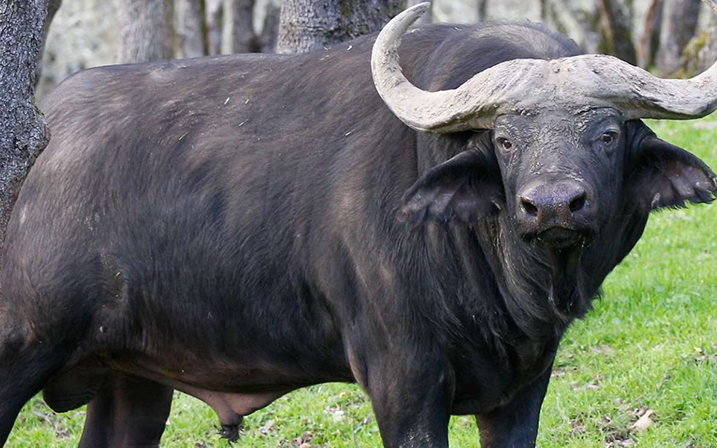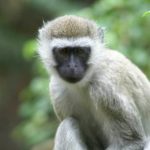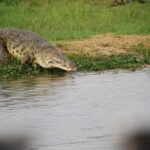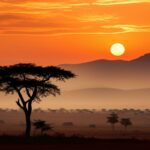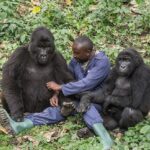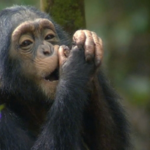The African buffalo is not an ancestor of domestic cattle and is only distantly related to other larger bovines. Owing to its unpredictable nature, which makes it highly dangerous, the African buffalo has never been domesticated.

Unlike its Asian counterpart, the water buffalo, other than humans, African Cape buffaloes have few predators aside from lions and large crocodiles and are capable of defending themselves. Being a member of the big five game, the cape buffalo is a sought-after trophy in hunting.
The African buffaloes are found in most of Uganda’s National Parks and stay mostly in open savannah grasslands. But also like to keep in swampy areas where they flock during hot temperatures to cool off and drink some water. A fully grown African buffalo is normally black and dark brown as it ages and will normally weigh about 500-910 kgs with males being slightly larger than females. Calves are known to have reddish hairs which later turn black as they grow. The adults’ horns are its characteristic feature, they have fused bases, forming a continuous bone shield across the top of the head referred to as a “boss.”
Male buffaloes are known to split from the herd and form bachelor groups. Some of these herds will consist of the younger bachelors of about 4-7 years whereas other bachelors are of 12 years and above. But the young bachelors will normally fight the ageing males and completely chase them out of the herd.
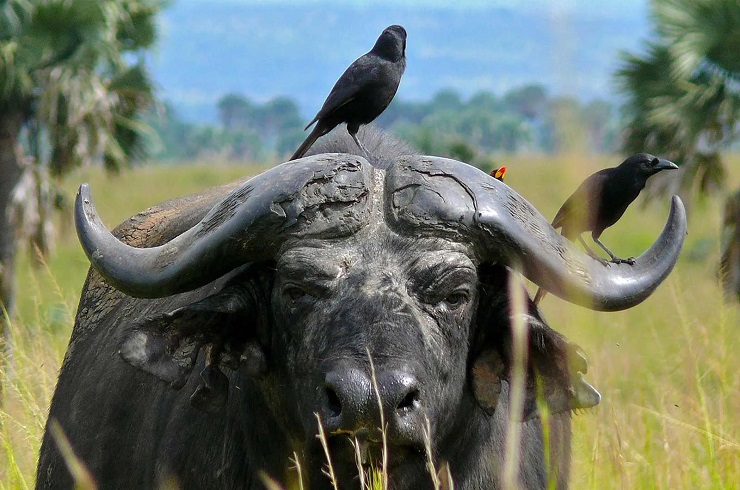
Young males, normally team up and join females for mating especially in the wet seasons and will stay with them throughout to protect the born calves.
The gestation period of a buffalo runs for up to 11.5 months. Now born calves will be protected by the mothers for the first few weeks but will later join the herd and are always kept in the middle of the whole herd.
Buffaloes can be found or located in Uganda’s National Parks, say Lake Mburo National Park, Queen Elizabeth National Park, Kidepo National Park and Murchison Falls National Park.

